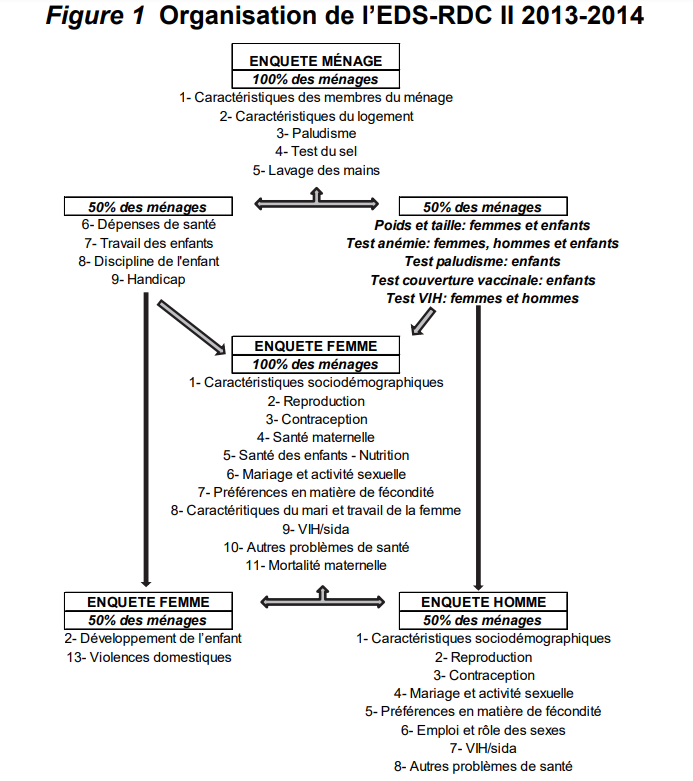| Re: Analyzing merged women and children data sets [message #24350 is a reply to message #24349] |
Tue, 26 April 2022 15:47   |
 Janet-DHS
Janet-DHS
Messages: 938
Registered: April 2022
|
Senior Member |
|
|
Following is a response from Senior DHS Specialist, Kerry MacQuarrie:
Dear Luanda,
Thank you for this additional information. It points us to the problem right away. In this case, it is not an issue of your merge not working correctly, but that there are no cases to merge.
Have you consulted the survey final report for the 2013-2014 DRC DHS (https://www.dhsprogram.com/pubs/pdf/FR300/FR300.pdf)? On page 8, it describes how the child outcomes you are interested in, anemia and malaria, were collected in a subsample of 50% of surveyed households. The domestic violence module was also administered in a subsample of 50% households. However, it was administered in the other 50% subsample from that administered the anemia and malaria information. In this particular survey, there are no households in which both the children's anemia and malaria data AND the mother's domestic violence data were collected. So no analysis for associations between these factors can be conducted with this survey.

As a tip, if you were to conduct this merge (e.g. for a different survey), I would recommend switching your "using" and "master" datafiles so that the KR file is the master file. This keeps children as the unit of analysis and adds the relevant women's data to each child's case.
|
|
|
|